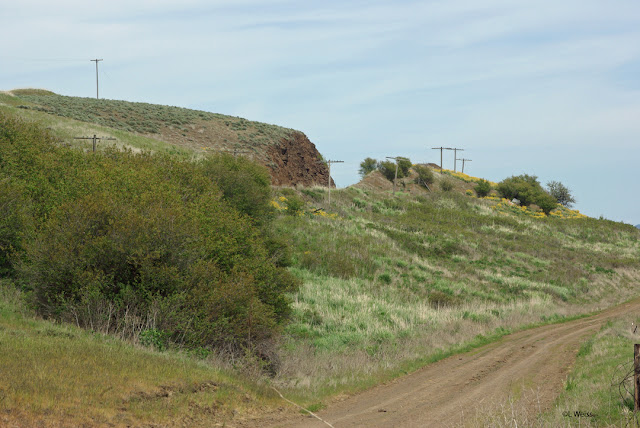Peaceful Snows on a Transcon

Before taking leave from the Midwest and pursuing the abandoned transcon of the Milwaukee Road, I knew the Santa Fe's own road west quiet well. Well, to be completely accurate, I knew the BNSF Transcon through Illinois quite well. A decade ago there were still quiet a few traces of ATSF to be found, however. Warbonnets were found with some regularity, some even "unpatched" and wearing their original Santa Fe numbers and heralds. Edelstein Hill was a favorite spot of mine to watch trains roll out on the high iron. This grade up out of the Illinois River Valley was harsh, and steepest on the line anywhere east of the western mountains. The surrounding Midwestern landscape was typical but beautiful. Fields of corn in the summer gave way to winter browns and then white winter snows as temperatures plummeted. These pictures are just a few taken one winter afternoon during an Illinois snowfall. One of the most striking things about fresh s...
















